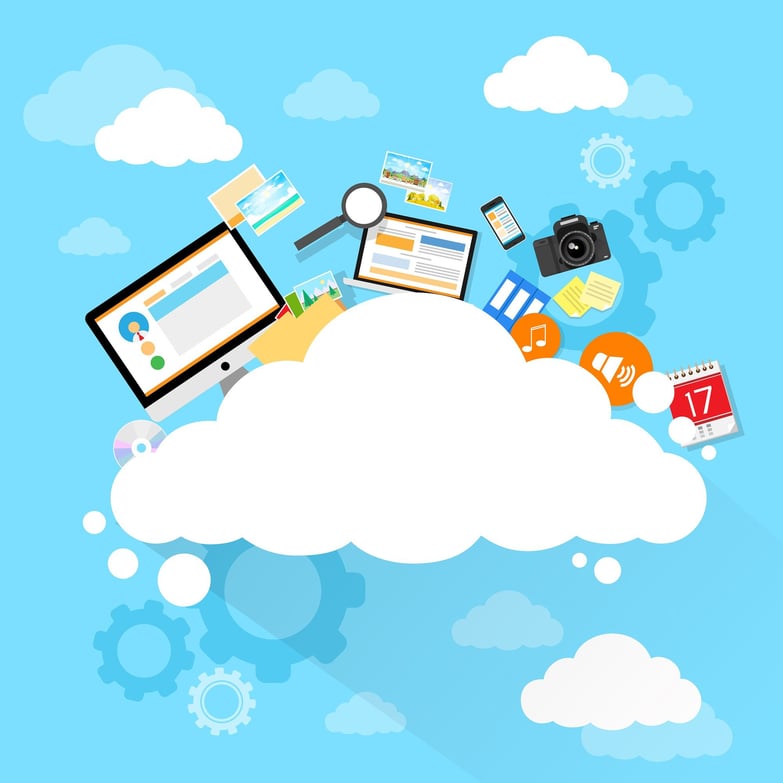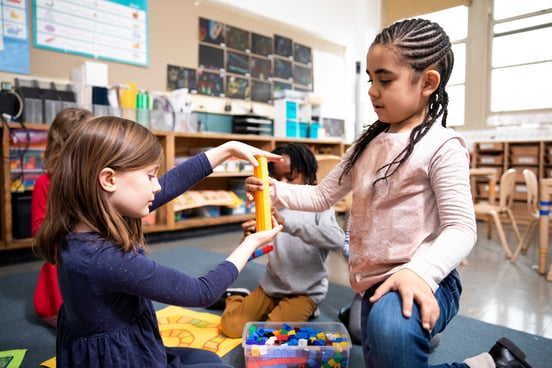
Math Assessment in California Schools: The Shift Toward Differentiated Instruction
Math assessment in California is changing. What used to be a compliance exercise or reporting tool is now becoming a...
Tahlea Jankoski | Published April 28, 2016

Today's students adapt more easily to new technology than previous generations did. With the concurrent rapid technological advancement in all areas of life, successful educators are learning to modify their teaching techniques to conform to the latest devices. As most of their students are already comfortable using them, it makes sense to leverage the familiarity of these devices in the teaching environment. How do you incorporate devices into education?
The key to successfully incorporating these new technologies into the educational system is to remember that they are teaching tools that aid the teacher, but they will not replace the teacher. The teacher is still in charge of classroom direction and lesson material.
Using devices for educational purposes requires strong student-teacher interaction, to reduce the student's tendency to wander, lose interest, or use the device for another purpose. Teachers who use technology can intensify the learning experience; yet, they still need awareness of their students' participation to keep them engaged.
Since many students may already be familiar with the newest technology, teachers should let students share how to best maximize a given device's capabilities. This interaction can build a bond of trust and understanding with students as they appreciate their role in helping their teacher and classmates.
Technology improves teacher-parent communication
Technology can also help teachers engage with parents through increased communication. Some teachers have successfully used blogs and websites to inform parents or caregivers about what is happening in the classroom and enable them to be involved in their child's day-to-day learning. For example, something as simple as posting the days scheduled for testing or project due dates can help parents make informed decisions about scheduling their children's off-site appointments or family travel.
Helping teachers and students feel empowered
Teachers who implement technology in the classroom should be in charge of how electronic devices will be used in their classroom. These boundaries can help students feel empowered, once they realize how technological devices can be a steady source of knowledge, not just entertainment.
With the explosion of information on the Internet, access to necessary information can be quickly obtained in the classroom. It's one thing to read about world events and places, but it's an altogether different experience view them in real-time video.
Technology can turn a good teacher into an even better teacher, providing a variety of ways to teach lesson materials. Not only will students' perspective expand, but—more importantly—they can appreciate and see the advantages of technology beyond its social capabilities.

Math assessment in California is changing. What used to be a compliance exercise or reporting tool is now becoming a...

You know the moment: a student’s eyes light up when the science experiment fizzes or the math puzzle helps them...

STEM classrooms are full of different types of learners in the classroom, each with their own strengths and needs.
...